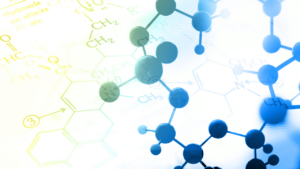ASTM E415 – Standard Test Method for Analysis of Carbon and Low-Alloy Steel by Spark Atomic Emission Spectrometry
Description:
Significance and Use
5.1 This test method for the spectrometric analysis of metals and alloys is primarily intended to test such materials for compliance with compositional specifications. It is assumed that all who use this test method will be analysts capable of performing common laboratory procedures skillfully and safely. It is expected that work will be performed in a properly equipped laboratory.
Scope
1.1 This test method covers the simultaneous determination of 21 alloying and residual elements in carbon and low-alloy steels by spark atomic emission vacuum spectrometry in the mass fraction ranges shown Note 1.
| Zirconium | 0 to 0.05 | 0.01 to 0.05 |
NOTE 1: The mass fraction ranges of the elements listed have been established through cooperative testing2 of reference materials.
1.2 This test method covers analysis of specimens having a diameter adequate to overlap and seal the bore of the spark stand opening. The specimen thickness can vary significantly according to the design of the spectrometer stand, but a thickness between 10 mm and 38 mm has been found to be most practical.
1.3 This test method covers the routine control analysis in iron and steelmaking operations and the analysis of processed material. It is designed for chill-cast, rolled, and forged specimens. Better performance is expected when reference materials and specimens are of similar metallurgical condition and composition. However, it is not required for all applications of this standard.


 ASTM E399
ASTM E399